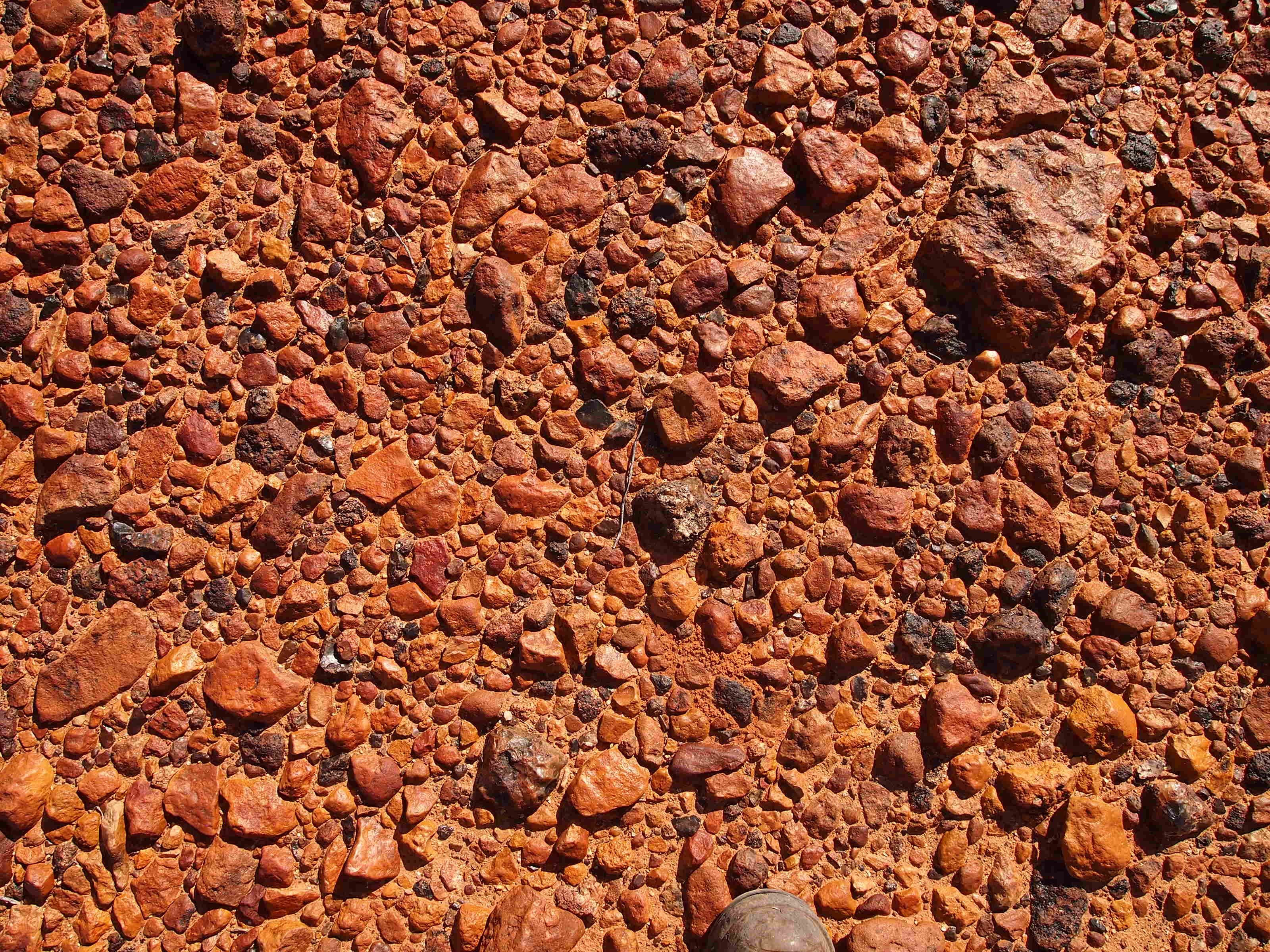|
West Saharan Montane Xeric Woodlands
The West Saharan montane xeric woodlands is an ecoregion that extends across several highland regions in the Sahara. Surrounded at lower elevations by the largely barren Sahara, the West Saharan montane xeric woodlands are isolated refuges of plants and animals that can survive in the higher humidity and lower temperatures of the highlands. Setting The Sahara is a vast desert, stretching across northern Africa from the Atlantic Ocean to the Red Sea. Some mountains ranges (such as the Ahaggar, Tassili n'Ajjer, Tibesti and Aïr) rise up from the desert and receive more rainfall and mostly present slightly cooler summer temperatures. These highlands support dry woodlands and shrublands distinct from the hot dry desert lowlands. This ecoregion has an area of . The boundaries for the largest part of this ecoregion, which includes the Tassili n'Ajjer Ahaggar and Aïr (or Azbine) massifs, follow the ' regs,' ' hamadas' and ' wadis' above the 1,000 m contour. This covers a good p ... [...More Info...] [...Related Items...] OR: [Wikipedia] [Google] [Baidu] [Amazon] |
Palearctic Realm
The Palearctic or Palaearctic is a biogeographic realm of the Earth, the largest of eight. Confined almost entirely to the Eastern Hemisphere, it stretches across Europe and Asia, north of the foothills of the Himalayas, and North Africa. The realm consists of several bioregions: the Mediterranean Basin; North Africa; North Arabia; Western, Central and East Asia. The Palaearctic realm also has numerous rivers and lakes, forming several freshwater ecoregions. Both the eastern and westernmost extremes of the Paleartic span into the Western Hemisphere, including Cape Dezhnyov in Chukotka Autonomous Okrug to the east and Iceland to the west. The term was first used in the 19th century, and is still in use as the basis for zoogeographic classification. History In an 1858 paper for the ''Proceedings of the Linnean Society'', British zoologist Philip Sclater first identified six terrestrial zoogeographic realms of the world: Palaearctic, Aethiopian/ Afrotropic, Indian/ Indom ... [...More Info...] [...Related Items...] OR: [Wikipedia] [Google] [Baidu] [Amazon] |
Desert Pavement
A desert pavement, also called reg (in western Sahara), serir (in eastern Sahara), gibber (in Australia), or saï (in central Asia) is a desert surface covered with closely packed, interlocking angular or rounded rock fragments of pebble and cobble size. They typically top alluvial fans. Desert varnish collects on the exposed surface rocks over time. Geologists debate the mechanics of pavement formation and their age. Formation Several theories have been proposed for the formation of desert pavements. A common theory suggests that they form through the gradual removal of sand, dust and other fine-grained material by the wind and intermittent rain, leaving the larger fragments behind. The larger fragments are shaken into place through the forces of rain, running water, wind, gravity, creep, thermal expansion and contraction, wetting and drying, frost heaving, animal traffic, and the Earth's constant microseismic vibrations. The removal of small particles by wind does not co ... [...More Info...] [...Related Items...] OR: [Wikipedia] [Google] [Baidu] [Amazon] |
Trianthema
''Trianthema'' is a genus of flowering plants in the ice plant family, Aizoaceae. Members of the genus are annuals or perennials generally characterized by fleshy, opposite, unequal, smooth-margined leaves, a prostrate growth form, flowers with five perianth segments subtended by a pair of bracts, and a fruit with a winged lid. The genus contains about 30 described species growing in tropical and subtropical regions, especially Australia. One common species, '' Trianthema portulacastrum'', desert horse purslane, is frequent as a weed in agricultural areas and is widely distributed. Taxonomy The genus ''Trianthema'' was first formally described in 1753 by Carl Linnaeus in ''Species Plantarum''. Species list The following is a list of species of ''Trianthema'' according to Plants of the World Online as at October 2020: * '' Trianthema argentinum'' Hunz. & A.A.Cocucci (Argentina) * '' Trianthema ceratosepalum'' Volkens & Irmsch. (Kenya, Somalia, Tanzania) * '' Trianthema clava ... [...More Info...] [...Related Items...] OR: [Wikipedia] [Google] [Baidu] [Amazon] |
Saharan Myrtle
''Myrtus'' (commonly called myrtle) is a genus of flowering plants in the family Myrtaceae. It was first described by Swedish botanist Carl Linnaeus, Linnaeus in 1753. Over 600 names have been proposed in the genus, but nearly all have either been moved to other genera or been regarded as synonyms. The genus ''Myrtus'' has three species recognised today: *''Myrtus communis'' – Common myrtle; native to the Mediterranean region in southern Europe *''Myrtus nivellei'' – Saharan myrtle; native to North Africa *''Myrtus phyllireaefolia'' Description Common myrtle ''Myrtus communis'', the "common myrtle", is native across the Mediterranean region, Macaronesia, western Asia, and the Indian subcontinent. It is also cultivated. The plant is an evergreen shrub or small tree, growing to tall. The leaf is entire, 3–5 cm long, with a fragrant essential oil. The star-like flower has five petals and sepals, and numerous stamens. Petals usually are white. The flower is poll ... [...More Info...] [...Related Items...] OR: [Wikipedia] [Google] [Baidu] [Amazon] |
Saharan Cypress
''Cupressus dupreziana'', the Saharan cypress, or tarout, is a very rare coniferous tree native to the Tassili n'Ajjer mountains in the central Sahara desert, southeast Algeria, where it forms a unique population of trees hundreds of kilometres from any other trees. There are only 233 specimens of this endangered species, the largest about 22 m tall. The majority are estimated to be over 2000 years old, with very little regeneration due to the increasing desertification of the Sahara. Rainfall totals in the area are estimated to be about 30 mm annually. The largest one is named Tin-Balalan is believed to be the oldest tarout tree with a circumference of 12 meters or 36 feet. This species is distinct from the allied ''Cupressus sempervirens'' (Mediterranean cypress) in its much bluer foliage with a white resin spot on each leaf, the smaller shoots often being flattened in a single plane. It also has smaller cones, only 1.5–2.5 cm long. '' Cupressus atlantica'' (Morocca ... [...More Info...] [...Related Items...] OR: [Wikipedia] [Google] [Baidu] [Amazon] |


